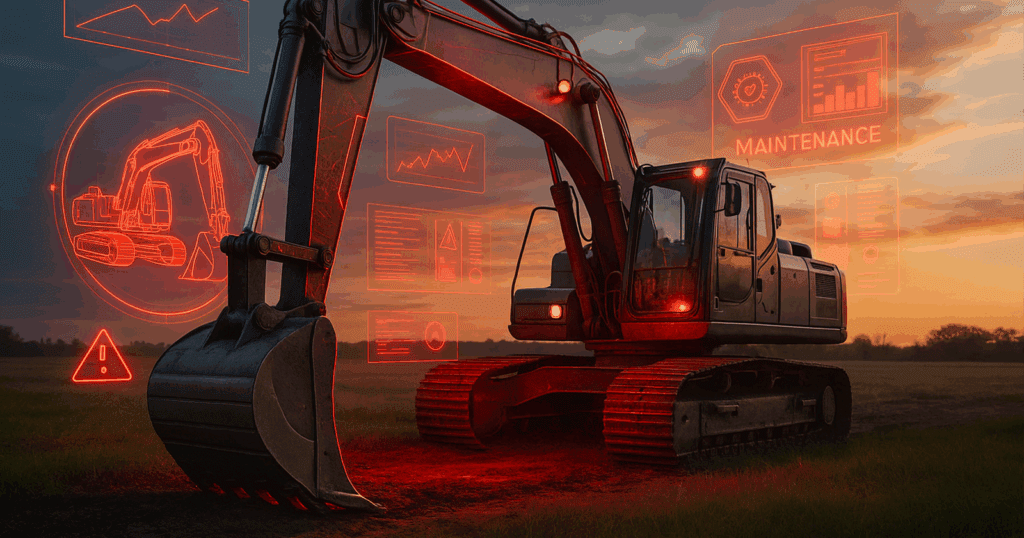Intro
Heavy equipment must perform under punishing conditions and meet uncompromising standards. From long operational lifespans to structural resilience, the demands on industrial machinery design are high. This article explores how CATIA for industrial design supports engineers in managing these challenges through advanced modeling, realistic simulations, and collaborative workflows. The result is safer, stronger, and better-performing equipment.
Engineering Heavy Equipment: A Complex Design Challenge
Designing heavy-duty equipment is a highly complex process. These machines must operate in harsh environments, endure repetitive stress, and comply with strict safety regulations. Whether it involves a mining excavator, a construction crane, or a large-scale agricultural harvester, the level of design sophistication required goes beyond what conventional CAD tools can handle.
Engineers must consider structural loads, material fatigue, thermal stress, and the integration of multiple moving systems. Every design decision impacts the machine’s durability, functionality, and cost. This is where CATIA proves to be an invaluable resource for industrial designers.
CATIA: Designed for Heavy Industry
For engineers working in heavy industry, CATIA offers a unified environment to conceptualize, validate, and refine large-scale mechanical systems with exceptional accuracy and flexibility.
Unlike many design tools that struggle with large assemblies or dynamic system interactions, CATIA remains efficient and responsive. Its parametric modeling features allow updates to cascade intelligently across parts and subassemblies, enabling rapid iteration and easy adaptation to changes in specifications or performance requirements.
Modeling with Confidence and Precision
CATIA provides the tools needed to manage both high-level assemblies and the smallest component details. Engineers can create models that accurately represent physical products, down to the last bolt or weld seam.
These detailed digital twins can integrate supplier specifications, industry regulations, and even future maintenance considerations. As designs evolve, CATIA ensures that adjustments to one part of a machine update related components automatically, which maintains consistency and speeds up the design cycle.
Simulation That Mirrors the Real World
Reliability is non-negotiable in heavy equipment design. Seamlessly integrated with CATIA’s already powerful toolkit, SIMULIA enables engineers to validate that reliability with simulations that closely match real-world conditions. Instead of building multiple prototypes, teams can use virtual testing to stress components and evaluate performance under various scenarios.
Simulations can explore not only structural stress but also long-term fatigue, exposure to environmental factors, and vibration impact over time. For example, in the case of a hydraulic excavator, SIMULIA helps engineers assess the durability of joints, cylinders, and linkages under repeated use, allowing them to resolve weaknesses before fabrication begins.
By catching issues early, companies avoid unnecessary costs and delays while improving equipment safety and service life.
Collaboration Without Compromise
The development of heavy equipment involves input from a wide range of specialists, including engineers, safety analysts, manufacturers, and external suppliers. CATIA on the 3DEXPERIENCE platform supports this diversity by offering an integrated digital environment where everyone can contribute efficiently.
Rather than exchanging separate files and working in silos, teams collaborate within a shared platform. Design changes are tracked and accessible in real time, helping prevent delays caused by miscommunication or versioning errors.
Cloud deployment further extends this collaboration across locations and time zones. Whether team members are on-site, at headquarters, or working remotely, they can review progress, provide input, and make decisions with the latest design data in front of them.
Putting It into Practice: Designing Construction Machinery
To illustrate CATIA’s capabilities, consider the development of a large construction excavator. This type of equipment includes a mix of structural, mechanical, hydraulic, and ergonomic systems, all of which must be engineered to function in extreme conditions.
CATIA’s connected tools allow engineers to create a comprehensive digital model of the excavator and simulate how each system performs under real-world conditions. From the stress on the boom during lifting operations to the durability of hydraulic actuators during excavation, everything is tested virtually.
Even aspects such as cab ergonomics and maintenance accessibility can be modeled and refined in CATIA. Designers can identify and eliminate potential hazards, optimize repair workflows, and generate immersive virtual training content, all from the same platform.
Why Industry Leaders Choose CATIA
CATIA stands out for its ability to combine modeling, simulation, and collaboration in one streamlined workflow. Instead of moving between multiple tools, engineering teams use CATIA to manage every stage of the product development cycle with precision and clarity.
By integrating testing and validation early in the process, CATIA reduces the need for costly physical prototypes. Its centralized collaboration features keep teams aligned, while its modeling tools support rapid changes without compromising design integrity.
These strengths result in faster development cycles, better product quality, and fewer surprises once the equipment enters the field.
Looking Ahead: The Digital Evolution of Heavy Equipment Design
As digital transformation continues to reshape the manufacturing world, CATIA is evolving to support a more data-driven, connected design process. Its growing integration with emerging technologies such as artificial intelligence, augmented reality, and the Internet of Things offers new possibilities for industrial design teams.
In the near future, engineers may rely on machine learning models trained on CATIA simulations to suggest optimal design modifications. Real-world performance data from equipment in the field could feed directly back into the design cycle, enabling predictive maintenance and faster innovation. This evolution positions CATIA as a key platform for forward-thinking companies that want to stay ahead in heavy equipment design.
Conclusion
CATIA for industrial design empowers engineering teams to meet the high standards of modern heavy equipment development. By offering advanced modeling tools, accurate simulation environments, and seamless collaboration, CATIA helps designers deliver equipment that performs reliably and efficiently in even the toughest environments.
For organizations building the future of infrastructure, manufacturing, and resource management, CATIA provides not just a design solution but a competitive advantage.


